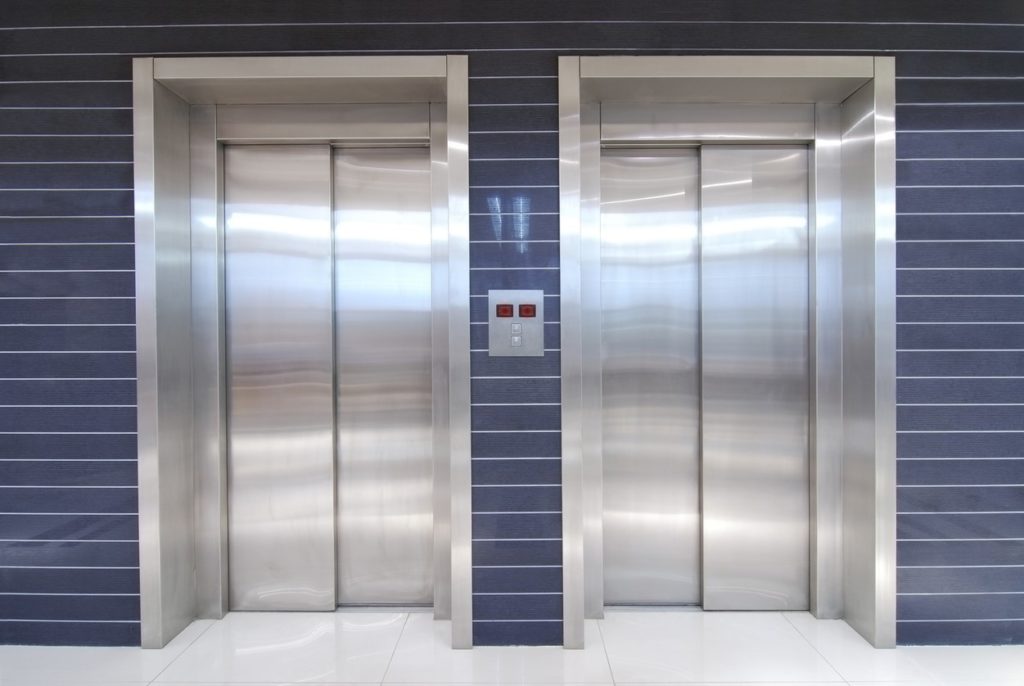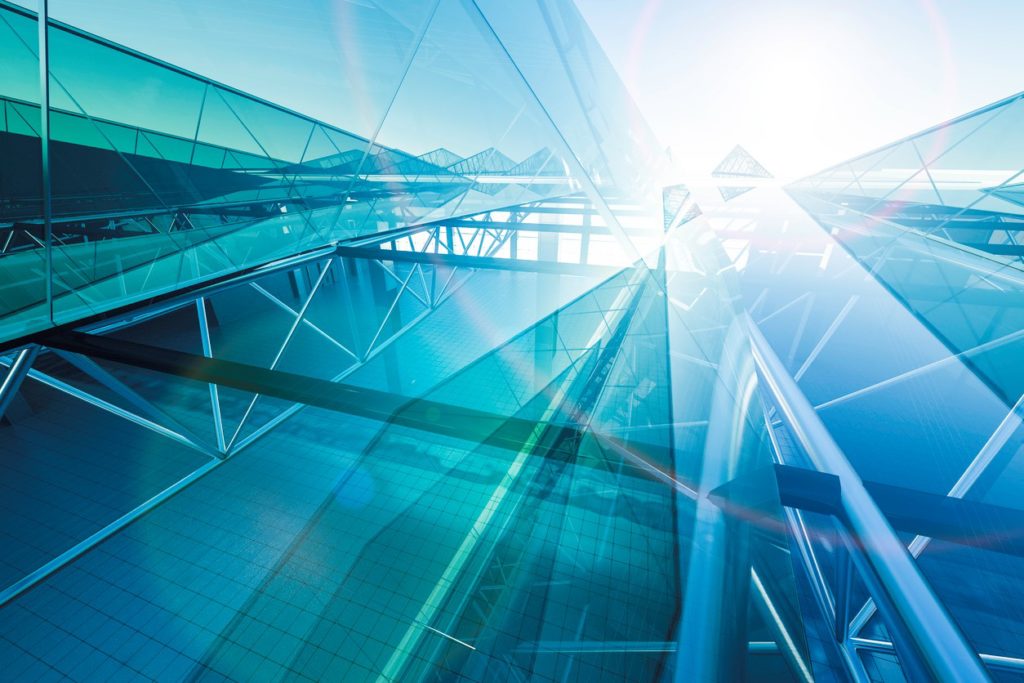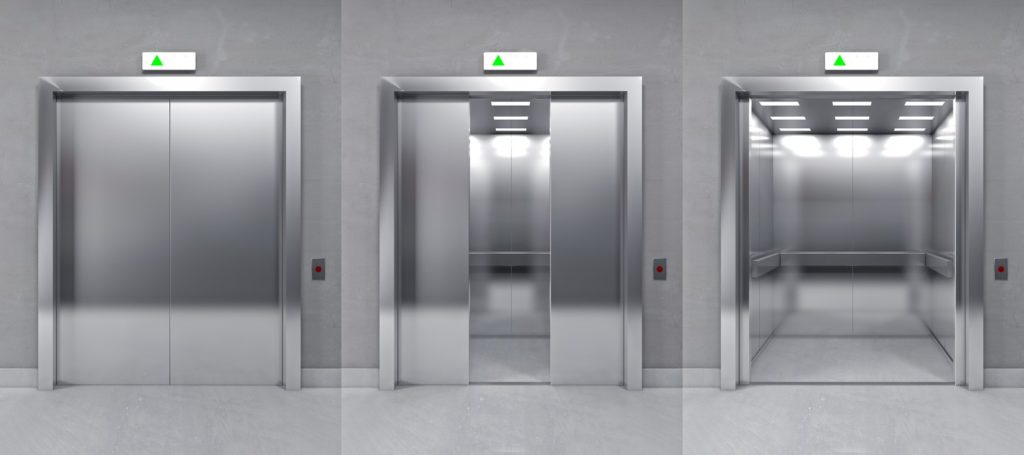Are you being watched when you ride?
Are you ever concerned about your privacy in an elevator? Do you think about the fact that there may be surveillance cameras recording your every move? Do you know your rights and do you even have any when you’re in such a public place? Here is your primer on elevators and your privacy:
Where you are likely to be recorded
Many elevators in public places such as office buildings, hotels, stadiums, and theaters are going to have video cameras in the elevators. It is perfectly legal and acceptable to record people coming and going, both for the safety of other visitors and the property. In some cases, it is essential.
Video surveillance in elevators
We’ve all seen leaked video footage of people in elevators. Often the images are of celebrities or athletes caught in the act, so to speak. Other times the footage is attached to a legal case and the video is being used as evidence. No doubt you’ve gotten into an elevator and spotted a camera pointed right at you. You might have wondered about the legality of security cameras in public places. While cameras are allowed – within reason – there are rules governing when and how such devices can be used.
According to FindLaw.com, “Private business owners are generally allowed to install surveillance cameras, even hidden ones, in areas where they promote a legitimate business purpose. Cameras at entrances and check-out counters to spot possible theft are OK.”
That doesn’t mean building owners have free reign when it comes to recording the actions of people who walk through their doors. Privacy rights set strict guidelines that owners must follow. For instance, cameras can only be used to record video, not audio. Cameras are also not allowed in certain places, such as bathrooms or dressing rooms.
According to FindLaw.com, “In order to avoid violating privacy laws, cameras in elevators must serve a legitimate business purpose and avoid intruding into a person’s reasonable expectation of privacy. For this reason, elevator security cameras are installed at a high vantage point and only record video. Recording audio without permission would be in violation of federal wiretapping laws.”
What about eavesdropping in an elevator?
We’ve all been on elevators with other people – maybe co-workers or even complete strangers – who don’t seem to mind airing their private business during the ride. It’s likely you’ve had these conversations, either with a friend or even someone on the phone. Does your right to privacy in elevators extend to eavesdropping?
Well…not really.
“In the most traditional sense, you have no privacy rights to prevent someone from overhearing you or eavesdropping on your conversation in an elevator – as long as that person is in the elevator with you,” according to FindLaw.com.
While you can’t do anything about eavesdropping, the same laws apply when it comes to recording something you overhear in an elevator. It is still illegal for anyone to secretly record the conversation on his or her phone, for example. Selling the footage or audio is also illegal, although it always seems to happen when it comes to celebrities or athletes. In fact, if someone sells security footage taken in an elevator, they could be fined and prosecuted, which carries a sentence of up to 5 years, if convicted.
Elevators are out to the public so there is never any guarantee of your privacy. It’s a good idea to always remember that cameras could be on you at all times, so take appropriate caution.
From corporate to condos, Connections Elevator specializes in forward-thinking that helps our customers install uniquely suited solutions. For first-class maintenance, modernization, repairs and contract management, you can reach us at (954) 792-1234 or info@connectionselevator.com, or take advantage of a complimentary consultation via our contact form.









